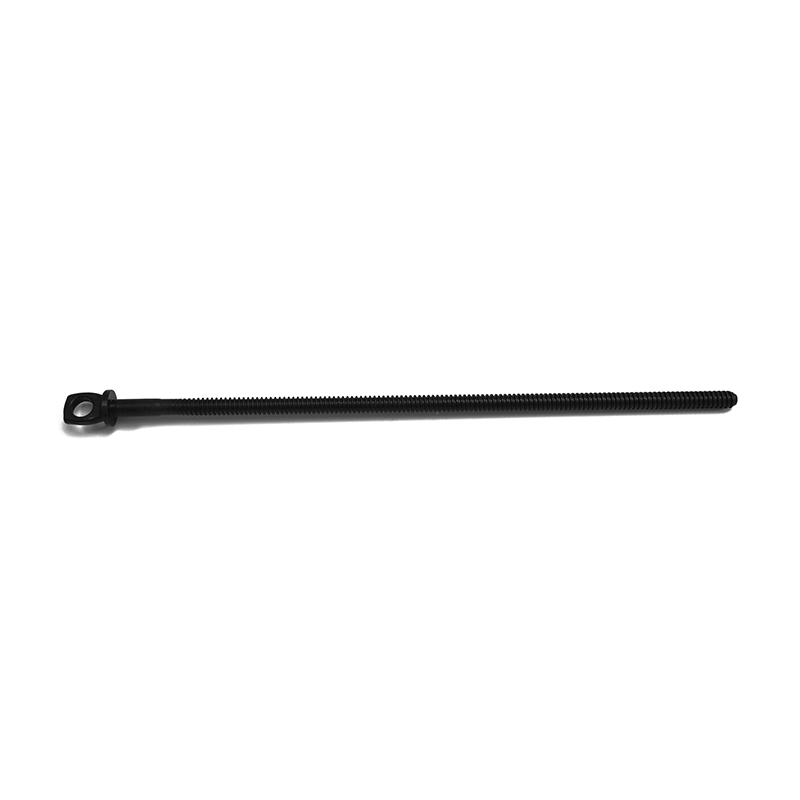The pitch of a trapezoidal lead screw plays a crucial role in determining its efficiency and speed in linear motion applications. Here's a more detailed explanation:
Impact on Speed:
Higher Pitch: When the pitch of a trapezoidal lead screw is increased, the threads are spaced further apart, which means that the nut travels a greater distance with each rotation of the screw. This leads to higher linear speed since the nut moves faster along the axis for each turn of the screw. However, this increased speed often comes at the cost of reduced mechanical advantage, which means the screw will require more torque to move a given load. Additionally, the increased spacing between the threads can lead to more friction, which may require higher input power to achieve the desired speed.
Lower Pitch: Conversely, a lower pitch results in the threads being closer together, meaning the nut moves a shorter distance with each rotation. This slows down the linear motion but provides greater mechanical advantage. Lower pitch screws can handle higher loads with less effort but typically result in slower speed. The closer thread spacing improves the contact surface area, which can help to distribute the load more effectively and reduce wear on the screw, making it a more suitable choice for applications requiring precision at slower speeds.
Impact on Efficiency:
Higher Pitch: While a higher pitch allows for faster motion, it generally leads to lower efficiency. The reason is that the steeper thread angle typically results in greater friction between the lead screw and the nut, especially under heavy loads. Increased friction causes more energy to be lost as heat, which can reduce the overall mechanical efficiency of the system. This can be particularly problematic in long-term operation where heat buildup and wear may become significant.
Lower Pitch: A lower pitch typically offers higher efficiency because the threads are more deeply engaged, leading to less friction per unit of motion. The load is distributed over a larger area of the threads, reducing the likelihood of excessive wear and the generation of heat. This results in smoother motion with less energy loss, which is ideal for applications that prioritize energy efficiency and need to maintain long operational lifespans.

Load Capacity and Backlash:
Higher Pitch: Higher pitch screws are generally more prone to backlash, especially when used in applications where precision is critical. The larger spacing between threads can result in slight movement or play between the nut and the screw, which can negatively affect the system's accuracy over time. This can be mitigated by using anti-backlash nuts or other mechanisms, but these add complexity and cost to the system.
Lower Pitch: The lower pitch screw generally has less backlash due to the tighter fit of the threads, which is beneficial for applications that require high accuracy and minimal play in movement. The reduced backlash makes it easier to maintain precise positioning, especially in systems that require frequent or highly detailed adjustments.
Trade-Offs Between Speed, Load, and Efficiency:
Higher Pitch is generally preferred in applications where speed is a priority and the load is relatively light or can be compensated with higher motor power. It's often used in scenarios such as rapid positioning systems or where a quick but less precise movement is required.
Lower Pitch is typically favored in applications requiring high load capacity, precision, and efficiency, such as in CNC machines, medical equipment, or heavy-duty actuators. The slower speed is offset by the system’s ability to handle larger forces with less wear and greater precision.


 English
English 中文简体
中文简体 Español
Español русский
русский عربى
عربى







